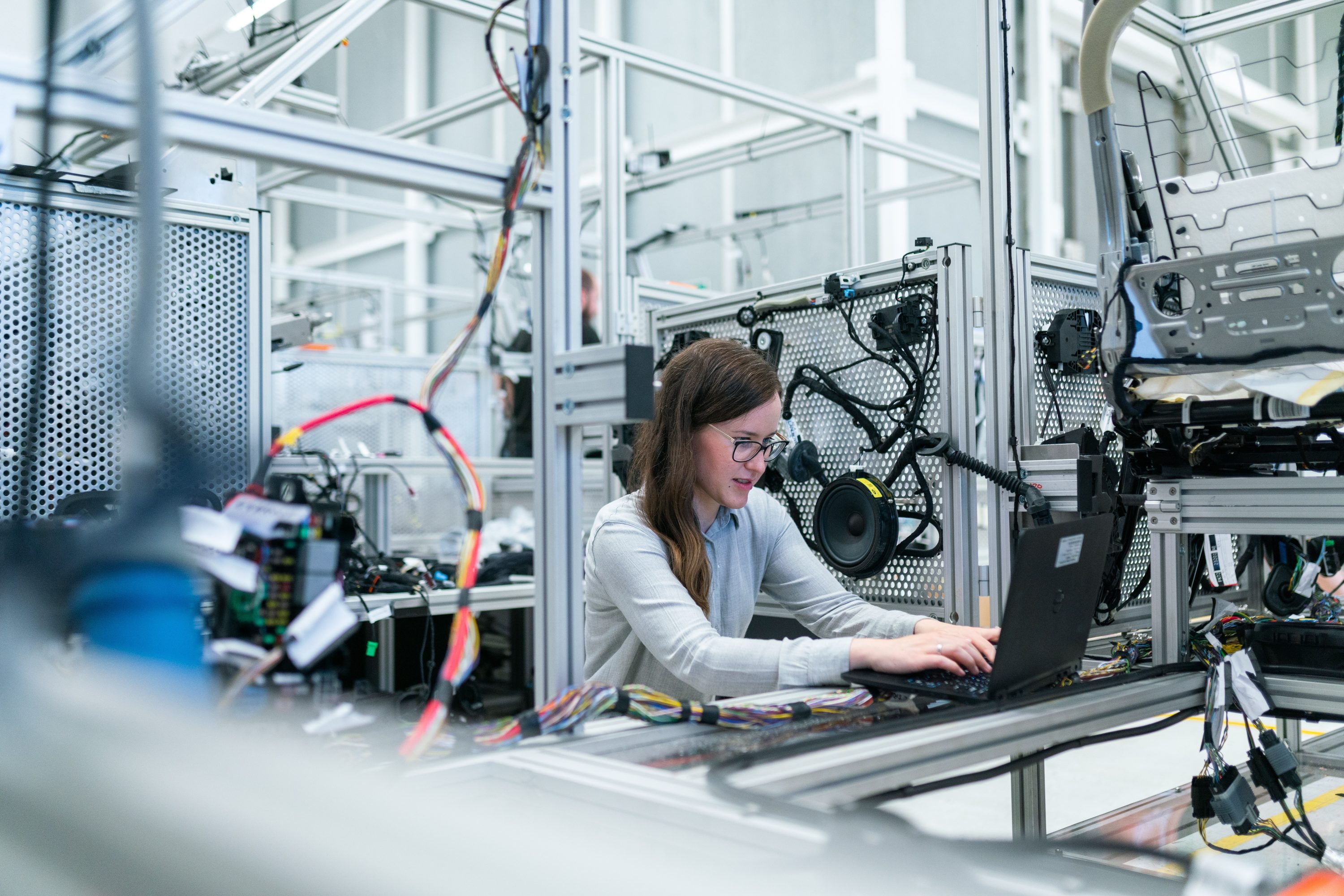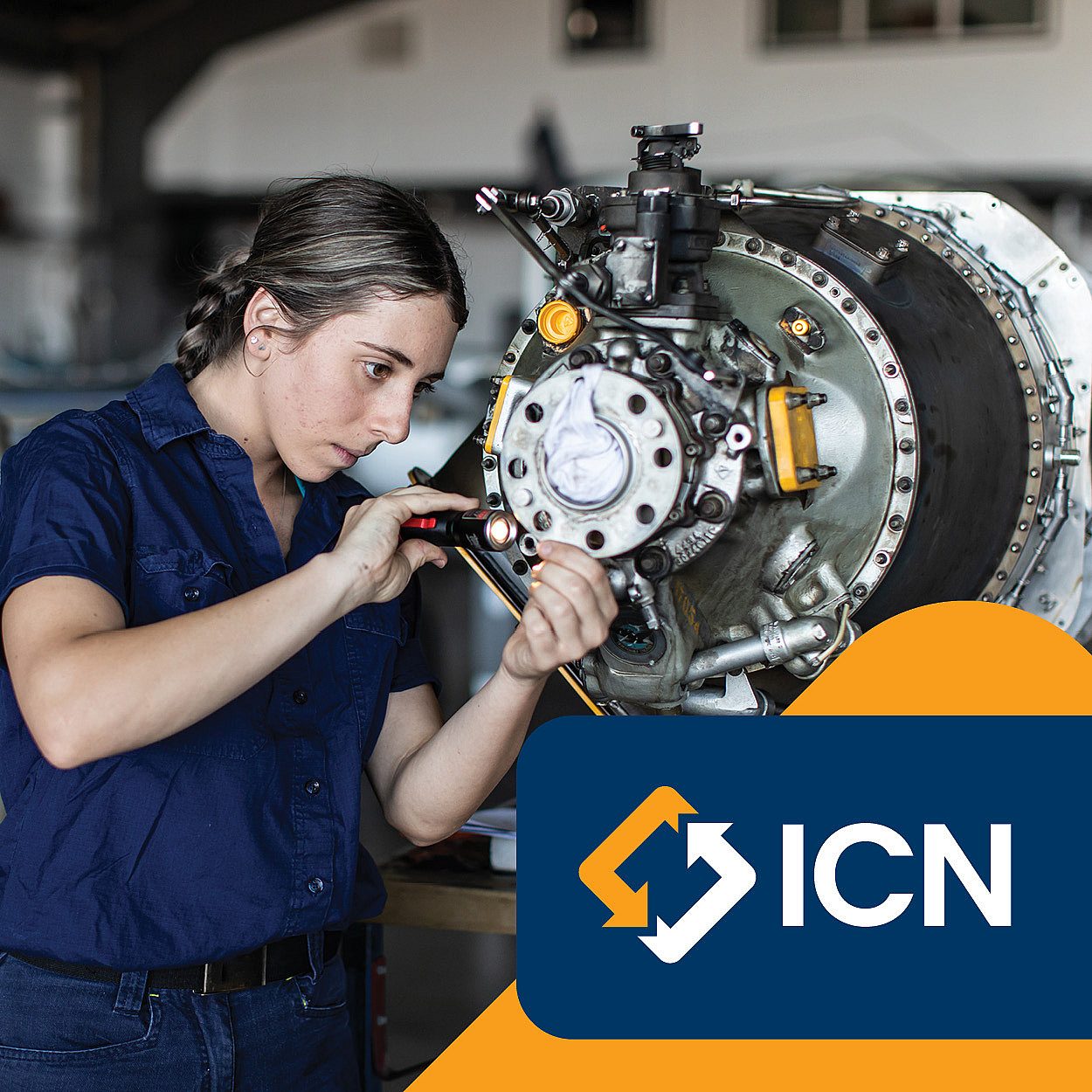South Australia’s long and productive manufacturing history is a foundational strength of our state.
Manufacturing is currently South Australia’s largest sector, accounting for around 17% of total state output by revenue, 25% of business research and development, 20% of exports, 7% of employment, and 6% of industry value-add.
Our state’s thriving food and beverage sector is a major driver of local manufacturing, with food-related manufacturing, machinery and equipment the largest component of South Australia’s manufacturing sector – accounting for nearly half of all manufacturing activity, or 3% of the state economy.
Even in ‘traditional’ sectors like food manufacturing, the adoption of industry 4.0 technologies is set to mitigate South Australia’s historical challenges of cost, scale and distance to markets by improving our ability to provide customised and high-value products to global customers.
South Australia is at a turning point in its economic history, with exciting new opportunities for re-industrialisation as the state emerges from the impacts of the COVID-19 pandemic and embraces sovereign manufacturing in a low-carbon, clean industrial future.
Our international leadership in renewable energy and investment in hydrogen production are creating new manufacturing opportunities for premium low-carbon products like green metals, minerals, and fuels that capitalise on the global green transition.
The future of manufacturing in the state
Consistent with findings across Australia and most OECD nations, domestic manufacturing has contracted in South Australia over the last decade – from 9.7% (2011-12) of industry growth value-added to 6.3% (2021-22). The loss of local automotive manufacturing in 2017, when the Holden plant in Elizabeth ceased operations, was a viewed as a major milestone of this decline.
However, the world’s manufacturing sector has shifted significantly since then – a result of the COVID-19 pandemic, focus on decarbonisation, and other global market disruptions. Now, manufacturers are evolving to compete more on design, quality, and innovation than cost.
This is an arena where South Australia has several significant competitive advantages. State Government is working closely with industry, education, union and community stakeholders to identify and exploit these advantages, with a plan to support the growth of local manufacturing currently under development.
Competitive advantage sectors
Defence and Space
Developing sovereign capability in the defence and space sectors is a matter of national priority. In recognition of our existing research and industry strengths, South Australia has attracted significant Commonwealth and private investment to bolster the state’s advanced manufacturing workforce and capabilities as it relates to defence and space technologies.
Renewable Energy and Green Hydrogen
South Australia is a global leader in renewable energy production and adoption. Our state is exploring ways to exploit this early advantage to its full potential – investing in a green hydrogen sector and pursuing low-carbon energy intensive manufacturing in sectors such as iron, copper, cement, critical minerals, and fuels.
Critical Minerals and Resources
As the world transitions to low-carbon technologies, large amounts of critical minerals such as copper graphite and cobalt will be required. South Australia holds more than 69 per cent of Australia’s known copper and graphite resources and is highly prospective for cobalt.
Food and Beverage
Food and beverage manufacturing, machinery and equipment account for nearly half of all South Australian manufacturing activity, and roughly 3 per cent of the state’s economy.
South Australia is also Australia’s indisputable wine state, producing half of Australia’s bottled wine and about 80 per cent of premium wine, with nearly a billion bottles of South Australian wine on tables and in cellars around the world.
Forestry and Timber
South Australia’s south-east generates a third of the nation’s house framing and interior sawn wood, and a quarter of particleboard. Approximately 40 per cent of timber leaving the region is unprocessed, meaning there’s huge opportunity to value-add by generating new structural timber products, creating new wood products to replace plastic and developing new biofuels and biochemicals.
Building and Construction
Concrete, steel and aluminium are responsible for 23 per cent of global emissions – making the building and construction sector ripe for green industrial transformation. South Australian businesses are trialling innovative new building materials such as fibre and cement composites to support a more circular economy.
Health and Medical
A by-product of the state’s globally competitive health and medical research institutes, South Australia is a hive of health-related advanced manufacturing – including the production of medicines, vaccines (including mRNA vaccines and therapies) and medical devices.

The role of critical technologies in manufacturing
New technologies have the potential to reduce South Australia’s historical manufacturing challenges of scale, cost, and distance to market. They will also open new job opportunities requiring cognitive and communication skills between people and machines, freeing up production workers to engage in more creative, productive, and value-adding roles.
Industry 4.0 refers to a platform of digital technologies such as artificial intelligence, machine learning, automation, robotics, additive manufacturing and sensors that enable manufacturing of customised products in small volumes, or in remote or decentralised locations.
They also enable data-driven business models to strengthen links between customers and suppliers. Industry 5.0 is an emerging term describing the integration of people with machines to avoid systemic risks associated with the failure or collapse of highly digitised networks and systems.
inFocus | Insights Series
WATCH | Photonics inFocus
Take a deep dive into the fascinating world of photonics - light based technology that is shaping industries worldwide. Join Piers Lincoln from Institute for Photonics and Advanced Sensing (IPAS) and Peter Shute from Norseld with Dr Judy Halliday from Department of State Development to learn more about South Australia’s commercial and research capabilities, as well as the opportunities available for manufacturers to adopt this technology in their businesses.
Opportunities for Industry Growth
DSD held an online information session about growth opportunities across South Australia including AusIndustry’s Industry Growth Program, ICN supply chain opportunities, and the latest support available for manufacturers.
A destination of choice for multinational tech conglomerates
Siemens and its national distribution partner APS Industrial (APS) have announced the opening of a new manufacturing facility in Adelaide - the first non-Siemens facility worldwide to manufacture and assemble the company’s air circuit breakers, a critical piece of technology required for all infrastructure where a high demand for low voltage power is required.
Support programs

SA Manufacturing Portal
Showcasing all manufacturers in South Australia with an active ICN profile.
Working within the Department of State Development, ICN SA provides a pivotal connection between major projects and South Australia’s best suppliers, fostering opportunities for local businesses to capitalise on the billions of dollars in major projects in South Australia.
In response to demand from major project owners and local manufacturers, the SA Manufacturing Portal has been established as part of Gateway by ICN: a database of suppliers across Australia demonstrating their capabilities and connecting with work in infrastructure, energy, defence and other major projects.
South Australian manufacturers are encouraged to take advantage of this freely available tool to showcase the best of their business. You can also view others' profiles to explore possible partnerships, local companies to source from, or simply to check out the competition.

Get help navigating opportunities in manufacturing
There are experienced DSD team members available to support your growth ambitions – whether that be help with workforce development, navigating government and other support programs, connecting with peers and industry leaders, or the adoption of new technologies.





